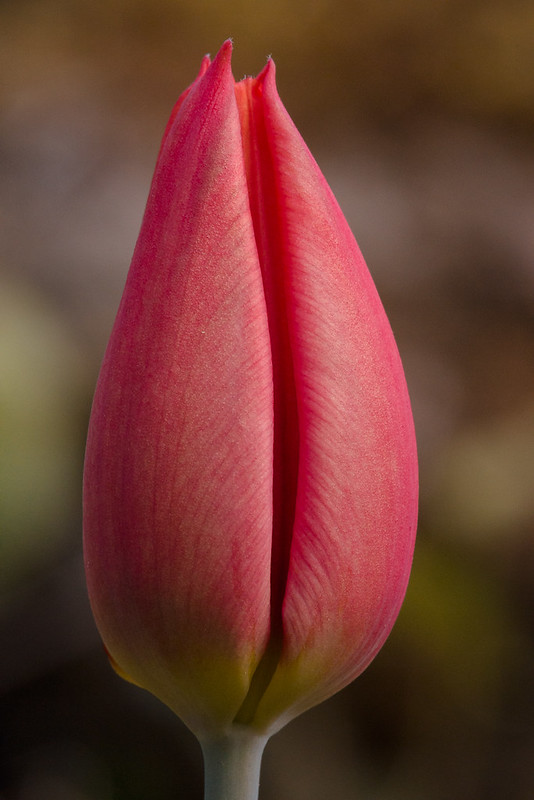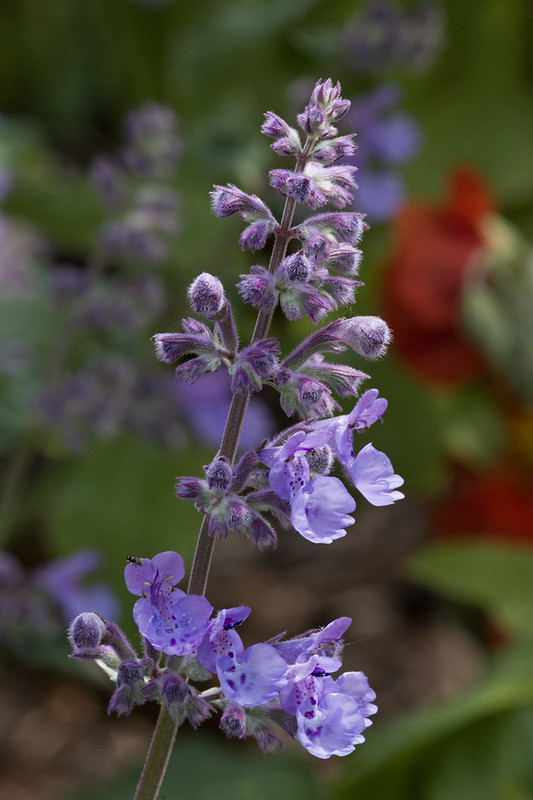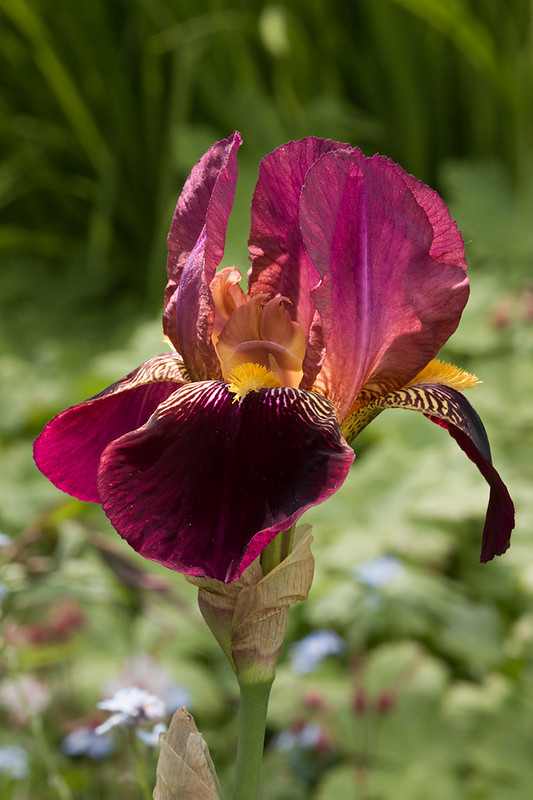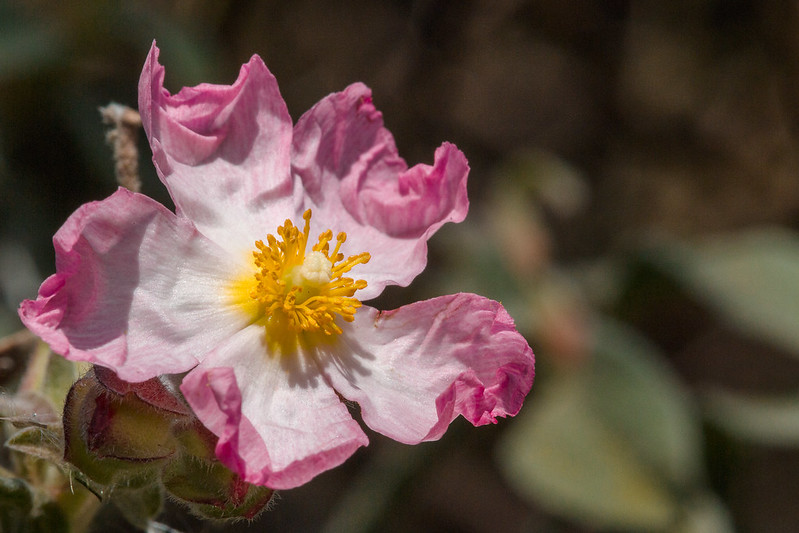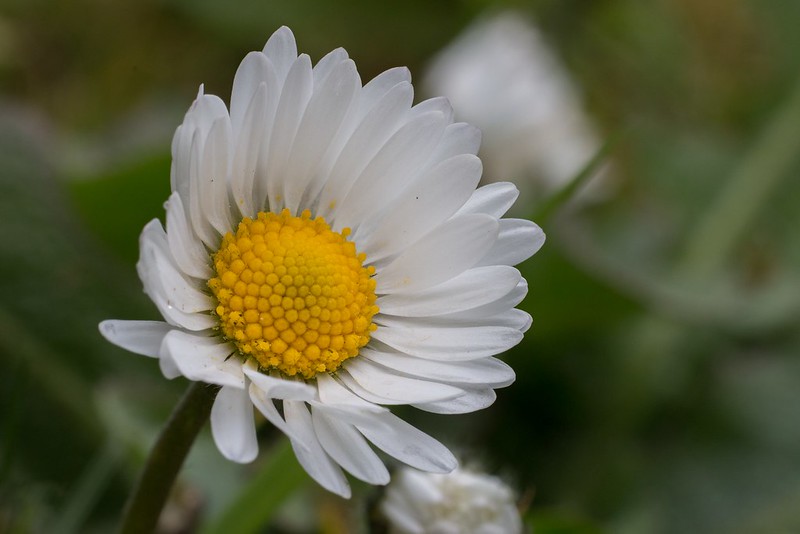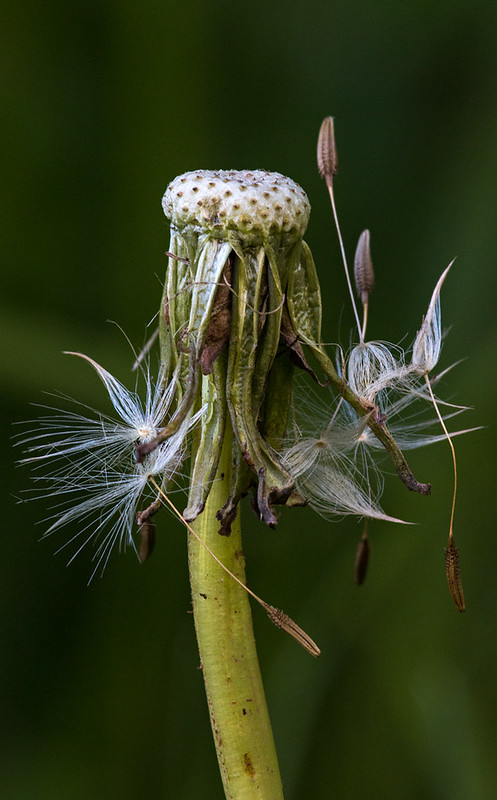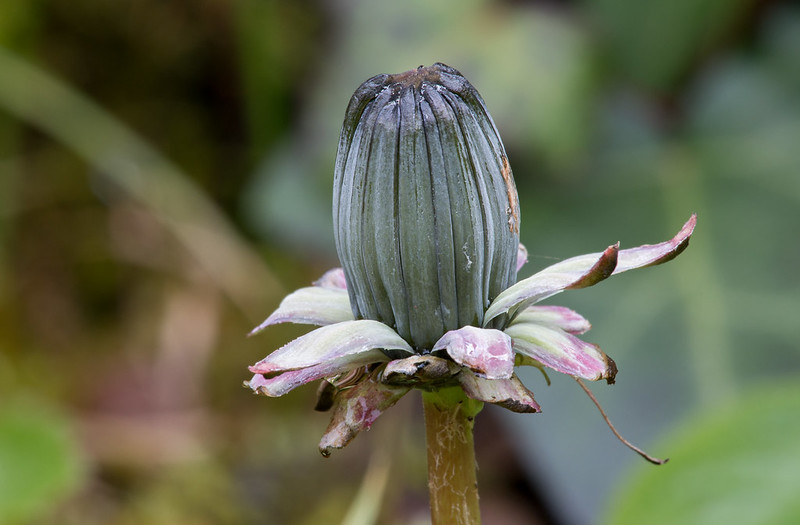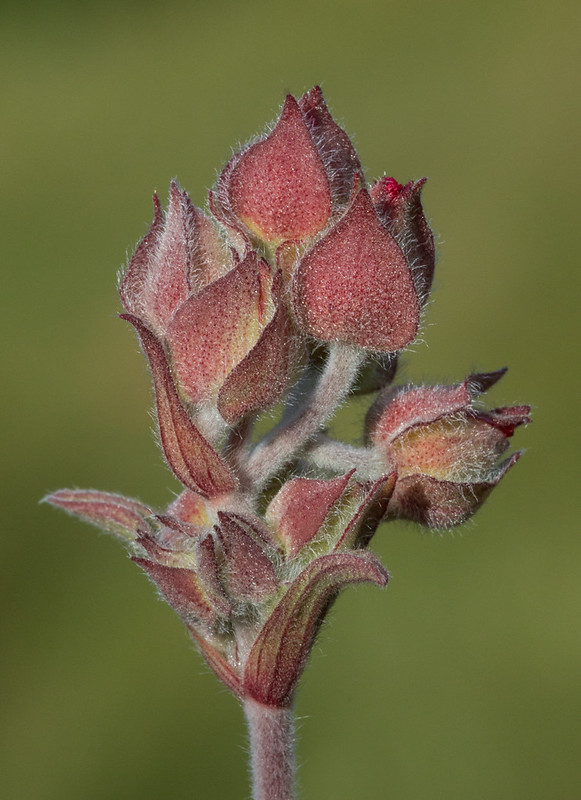GardenersHelper
In Memoriam
- Messages
- 6,344
- Name
- Nick
- Edit My Images
- Yes
There was some discussion in A few from Wensum Park about using small apertures to get nicely out of focus backgrounds when photographing flowers. I have started a new thread about this because I wanted to post a number of examples but didn't want to hijack John's thread.
I generally like to get as much of a flower in focus as I can. This suggests using a small aperture to get plenty of DOF. However, this will tend to bring the background into focus, and I like out of focus backgrounds so the flower can stand out nicely against the background. This suggests using a large aperture to throw the background out of focus, but this will reduce the amount of the flower that is in focus.
In practice, I have found that depending on the circumstances I can use quite a variety of apertures to get effects that I like for both the subject and the background. I think that what aperture gives the (to my eye) most pleasing result depends on several things: the distance between the subject and the background, the direction I am shooting/the angle on the subject, the magnification, how much of the frame the flower occupies, the colours and shapes in the background and how they respond to changes in aperture, the illumination, and quite possibly some other things too.
Of course, the question of how much to throw the background out of focus is very much a matter of personal taste, as is the question of how much of the subject to have in focus. A lot of people like having just a thin slice of the subject in focus, much less than I go for. And a lot of people like extremely plain backgrounds, whereas I'm happy to have some variation of colour and shape in backgrounds as long as it seems to complement rather than "argue with" the subject.
This post has examples ranging from f/4.5 to f/20. The next post has examples from f/22 to f/32.
EDIT, these were captured with a 55-250 lens on a Canon 70D, which is an APS-C camera with a crop factor of 1.6. I have annotated each image with the 35mm equivalent focal length used to capture it. Bear in mind though that for most of these images there was probably a Canon 500D closeup lens on the 55-250. A few probably used the bare lens and one or two might have used the more powerful Raynox 150 closeup lens. I'm afraid I have no way of telling which setup was used for particular photos.
f/4.5, focal length 134mm (35mm equivalent)
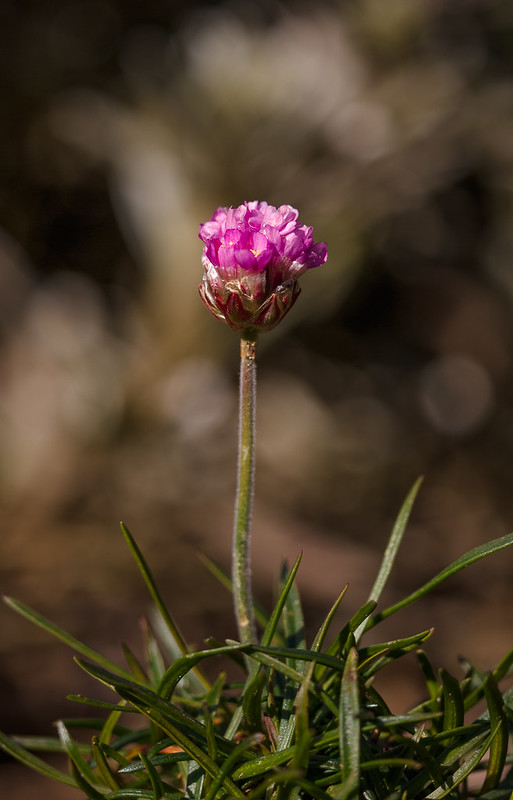
0751 01 F4.5 0726 65 2015_05_20 IMG_3009 LR 1300h by gardenersassistant, on Flickr
f/5.6, focal length 134mm (35mm equivalent)
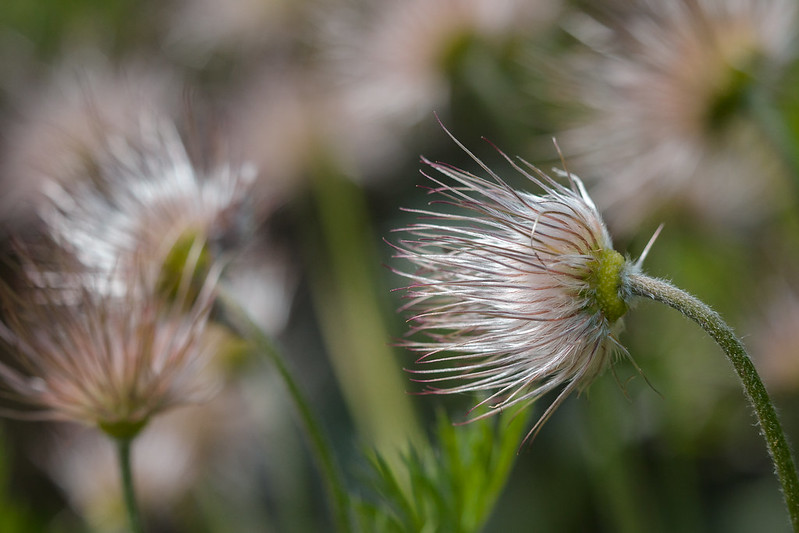
0751 02 F5.6 0725 023 2015_05_19 IMG_2760 LR 1300h by gardenersassistant, on Flickr
f/7.1, focal length 160mm (35mm equivalent)
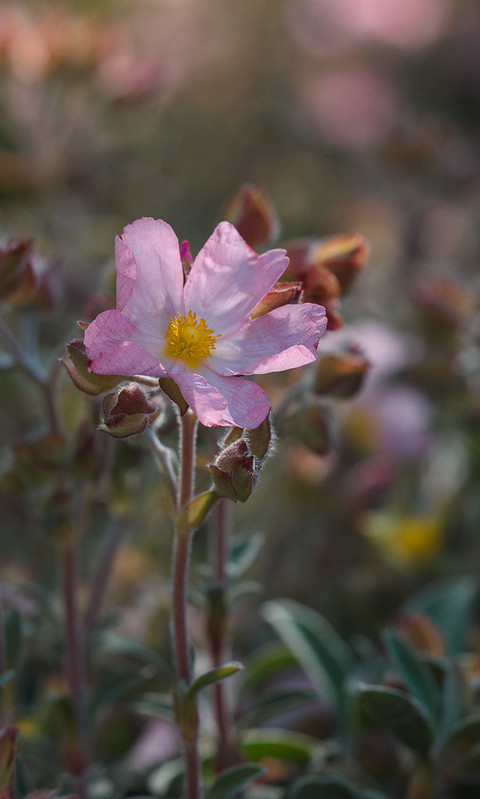
0751 03 F7.1 0726 56 2015_05_20 IMG_2941 LR 1300h by gardenersassistant, on Flickr
f/9 , focal length 234mm (35mm equivalent)
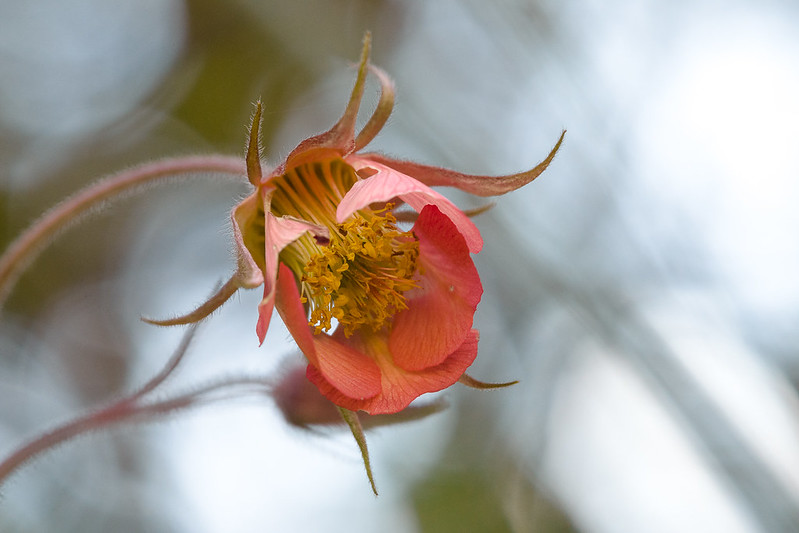
0751 04 F9 0726 68 2015_05_20 IMG_3029 LR 1300h by gardenersassistant, on Flickr
f/11, focal length 187mm (35mm equivalent)
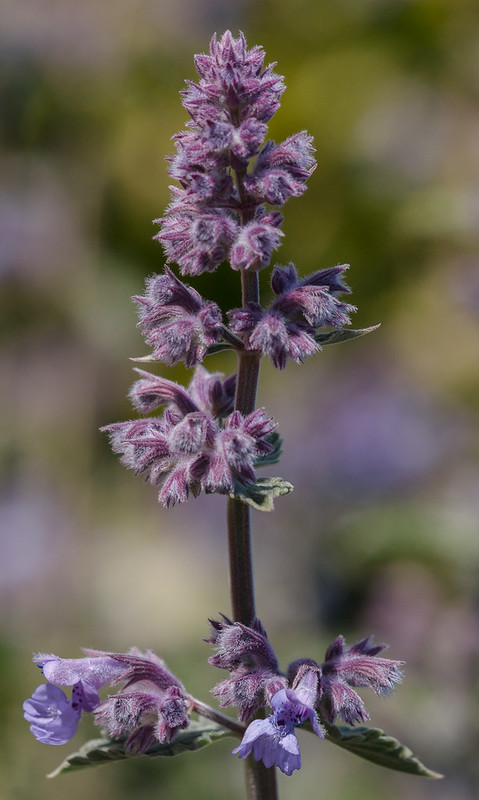
0751 05 F11 0726 61 2015_05_20 IMG_2992 LR 1300h by gardenersassistant, on Flickr
f/14, focal length 234mm (35mm equivalent)
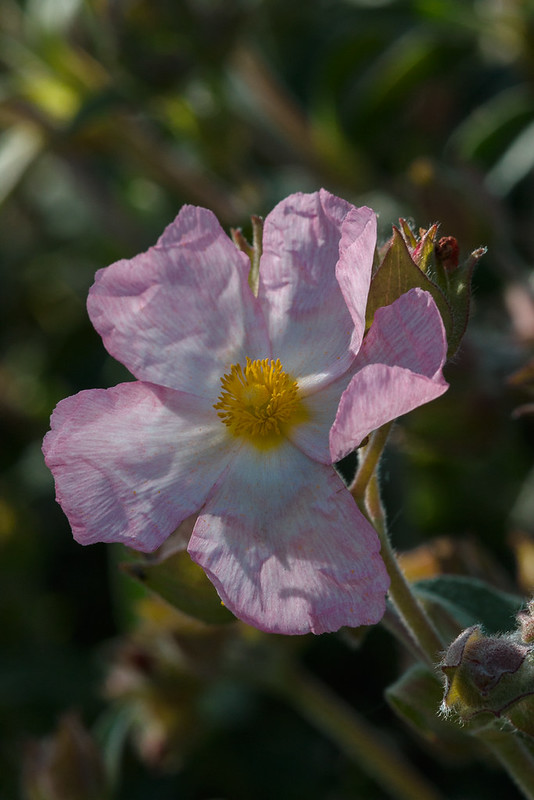
0751 06 F14 0726 60 2015_05_20 IMG_2949 LR 1300h by gardenersassistant, on Flickr
f/16, focal length 216mm (35mm equivalent)
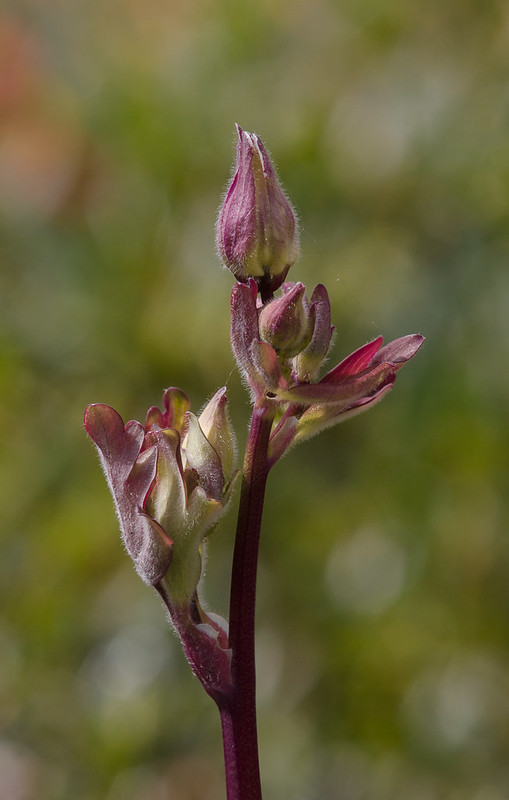
0751 07 F16 0725 022 2015_05_19 IMG_2733 LR 1300h by gardenersassistant, on Flickr
f/20, focal length 203mm (35mm equivalent)
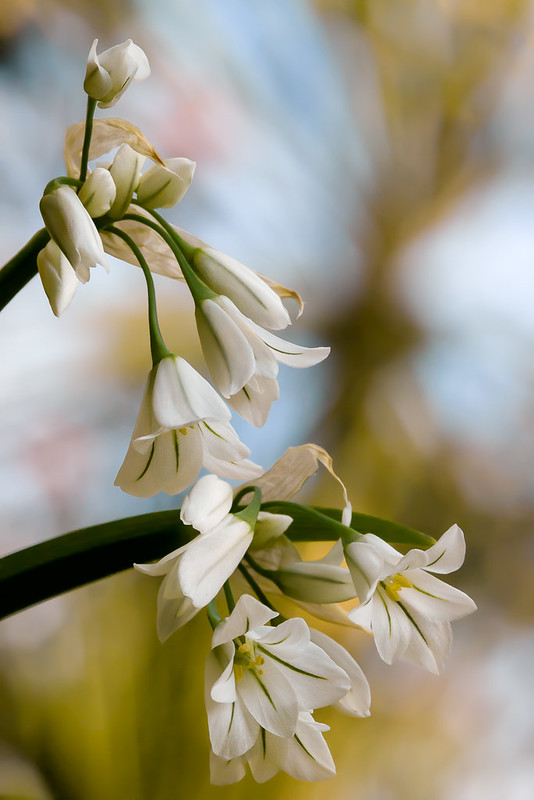
0751 08 F20 0715 46 2015_04_22 IMG_0055 LR 1300h by gardenersassistant, on Flickr
Continued in next post ....
I generally like to get as much of a flower in focus as I can. This suggests using a small aperture to get plenty of DOF. However, this will tend to bring the background into focus, and I like out of focus backgrounds so the flower can stand out nicely against the background. This suggests using a large aperture to throw the background out of focus, but this will reduce the amount of the flower that is in focus.
In practice, I have found that depending on the circumstances I can use quite a variety of apertures to get effects that I like for both the subject and the background. I think that what aperture gives the (to my eye) most pleasing result depends on several things: the distance between the subject and the background, the direction I am shooting/the angle on the subject, the magnification, how much of the frame the flower occupies, the colours and shapes in the background and how they respond to changes in aperture, the illumination, and quite possibly some other things too.
Of course, the question of how much to throw the background out of focus is very much a matter of personal taste, as is the question of how much of the subject to have in focus. A lot of people like having just a thin slice of the subject in focus, much less than I go for. And a lot of people like extremely plain backgrounds, whereas I'm happy to have some variation of colour and shape in backgrounds as long as it seems to complement rather than "argue with" the subject.
This post has examples ranging from f/4.5 to f/20. The next post has examples from f/22 to f/32.
EDIT, these were captured with a 55-250 lens on a Canon 70D, which is an APS-C camera with a crop factor of 1.6. I have annotated each image with the 35mm equivalent focal length used to capture it. Bear in mind though that for most of these images there was probably a Canon 500D closeup lens on the 55-250. A few probably used the bare lens and one or two might have used the more powerful Raynox 150 closeup lens. I'm afraid I have no way of telling which setup was used for particular photos.
f/4.5, focal length 134mm (35mm equivalent)

0751 01 F4.5 0726 65 2015_05_20 IMG_3009 LR 1300h by gardenersassistant, on Flickr
f/5.6, focal length 134mm (35mm equivalent)

0751 02 F5.6 0725 023 2015_05_19 IMG_2760 LR 1300h by gardenersassistant, on Flickr
f/7.1, focal length 160mm (35mm equivalent)

0751 03 F7.1 0726 56 2015_05_20 IMG_2941 LR 1300h by gardenersassistant, on Flickr
f/9 , focal length 234mm (35mm equivalent)

0751 04 F9 0726 68 2015_05_20 IMG_3029 LR 1300h by gardenersassistant, on Flickr
f/11, focal length 187mm (35mm equivalent)

0751 05 F11 0726 61 2015_05_20 IMG_2992 LR 1300h by gardenersassistant, on Flickr
f/14, focal length 234mm (35mm equivalent)

0751 06 F14 0726 60 2015_05_20 IMG_2949 LR 1300h by gardenersassistant, on Flickr
f/16, focal length 216mm (35mm equivalent)

0751 07 F16 0725 022 2015_05_19 IMG_2733 LR 1300h by gardenersassistant, on Flickr
f/20, focal length 203mm (35mm equivalent)

0751 08 F20 0715 46 2015_04_22 IMG_0055 LR 1300h by gardenersassistant, on Flickr
Continued in next post ....
Last edited:


